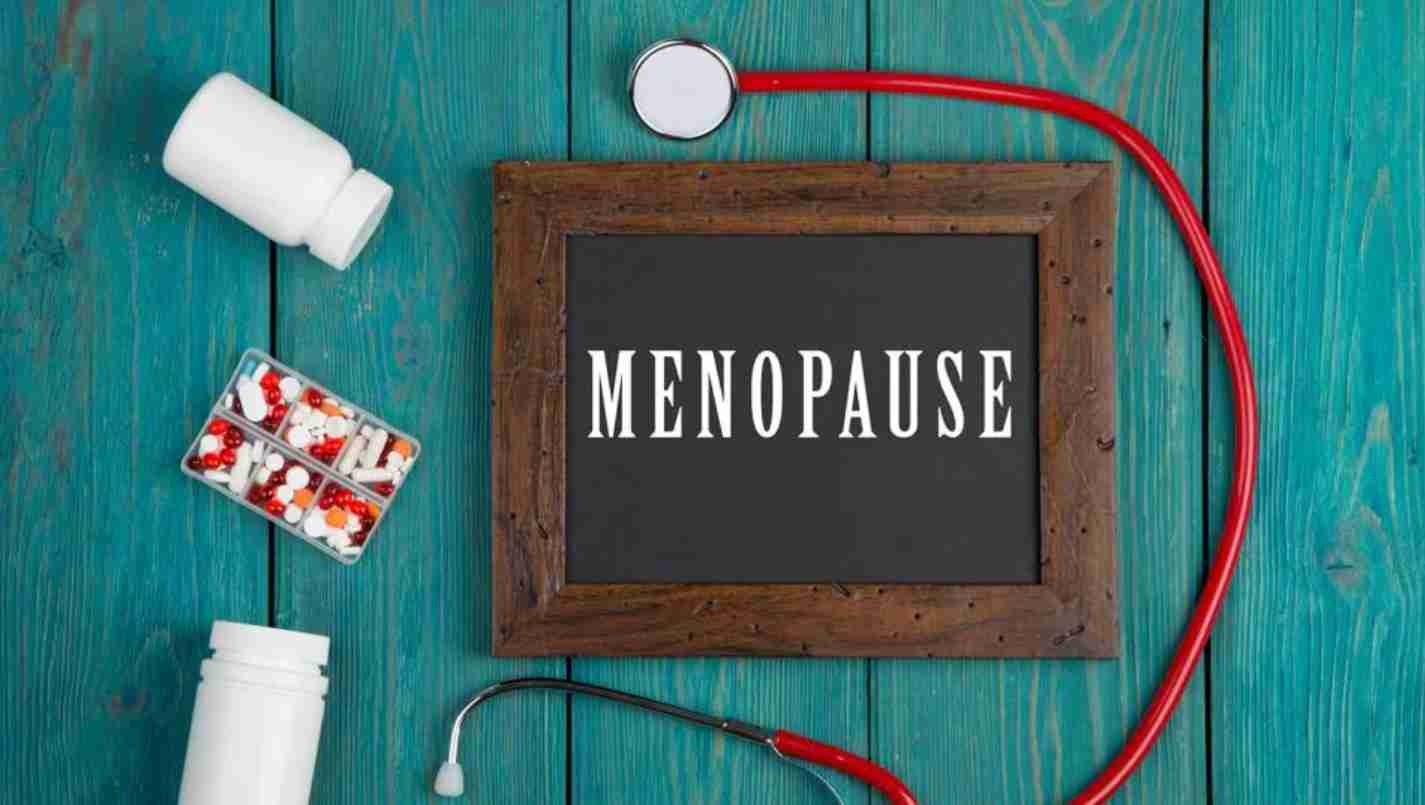Hormonal shifts during menopause can impact heart health. Learn about factors increasing risk and early symptoms to watch for.
Menopause marks a significant transition in a woman’s life, typically occurring between the ages of 45 and 55. It is characterised by the cessation of menstrual cycles for 12 consecutive months. The early signs of menopause often begin several years before menstruation stops completely, a phase known as perimenopause. Many women also experience hot flashes, sudden feelings of intense heat, often accompanied by sweating and a rapid heartbeat. Mood swings, irritability, and anxiety are frequent due to fluctuating hormone levels, especially the drop in oestrogen.
Oestrogen plays a crucial role in maintaining cardiovascular health by promoting healthy blood vessels and regulating cholesterol levels. As oestrogen levels decrease during menopause, women experience an increased risk of cardiovascular diseases (CVD), including heart attacks. In this article, we discuss what factors increase the risk of heart attack in menopausal women and the early signs to look out for.
Factors Increasing Heart Attack Risk During Menopause
- Hormonal changes: The reduction in oestrogen levels leads to unfavourable changes in lipid profiles, increased arterial stiffness, and higher blood pressure — all risk factors for heart disease.
- Age factor: The risk of cardiovascular events increases with age, and menopause often coincides with this period, compounding the risk.
- Early menopause: Women who experience menopause before the age of 40 have a significantly higher risk of developing heart disease compared to those who reach menopause at the age of 50–54 years.
Early Signs of Heart Attack to Watch Out For in Menopausal Women
- Chest discomfort or pain: Unlike the stereotypical crushing pain, menopausal women may feel mild pressure, tightness, or fullness in the chest lasting several minutes. It may come and go or occur during physical activity or stress.
- Pain radiating to other areas: Discomfort may extend to the left arm, back, neck, jaw, or stomach, often mistaken for muscle pain or indigestion.
- Shortness of breath: Can occur with or without chest discomfort, either suddenly or gradually, and during rest or activity.
- Cold sweat: Sudden, unexplained sweating with clammy skin, different from hot flashes, often accompanied by other symptoms.
- Lightheadedness or dizziness: May signal reduced cardiac output or abnormal heart rhythms during a heart attack.
- Palpitations: Sensations of heart pounding, fluttering, or irregular beats. While hormonal changes can cause palpitations during menopause, these should not be ignored if accompanied by other symptoms.
Menopause brings natural hormonal changes that can impact heart health significantly. Recognising the early warning signs of a heart attack can lead to timely treatment and improved outcomes. Women should stay vigilant about their cardiovascular health during and after menopause by maintaining regular medical check-ups, leading a healthy lifestyle, and seeking professional advice when symptoms arise. Early detection and preventive measures can make all the difference.
Disclaimer
This content is intended for informational purposes only and should not replace professional medical advice. Always consult a healthcare provider for diagnosis and treatment tailored to your individual needs. The Radical disclaims any liability for decisions made based on this information.



